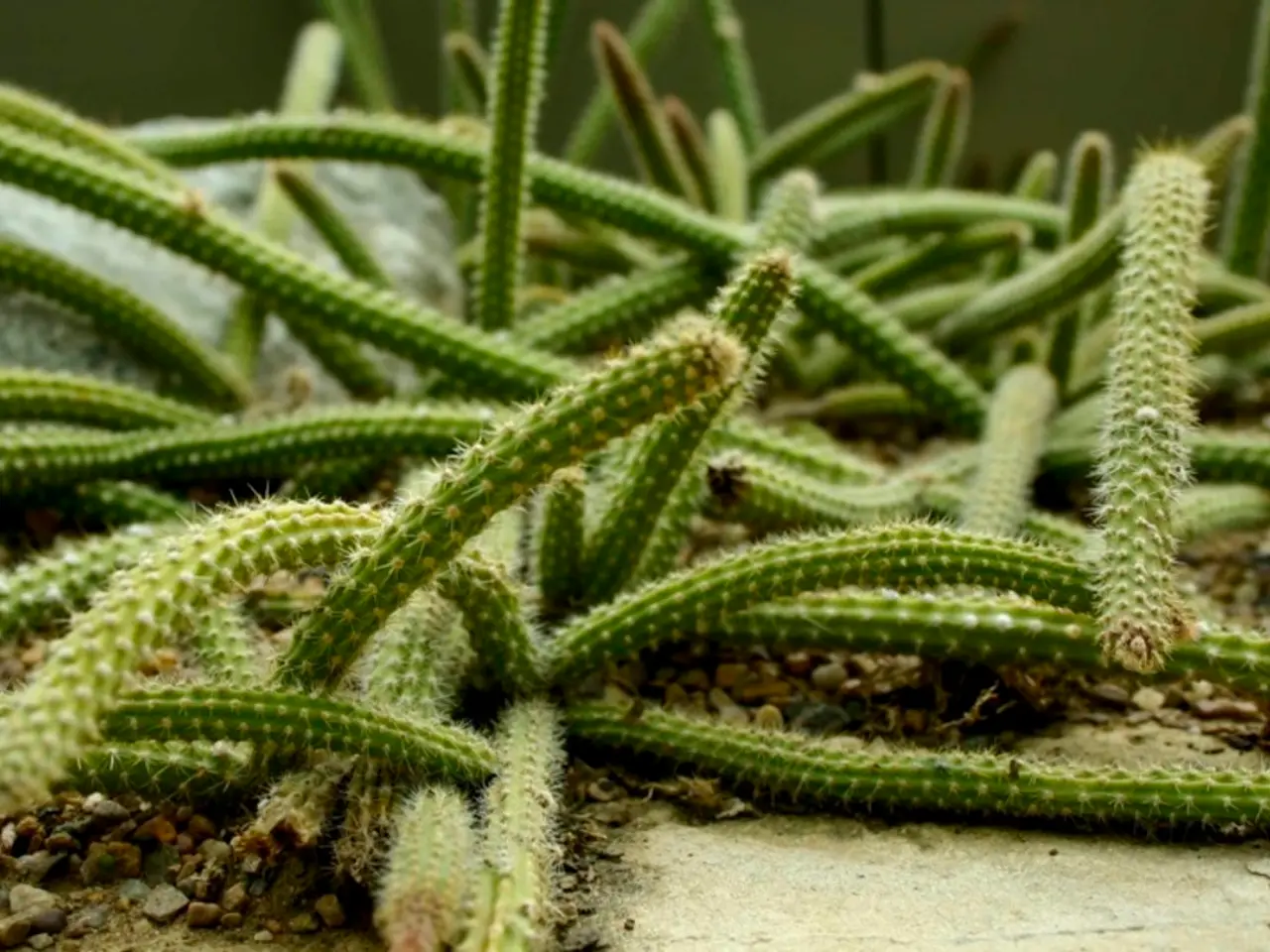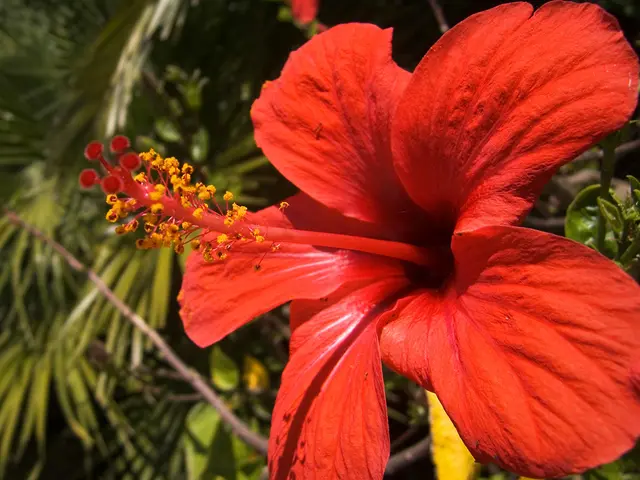Caring for Christmas Cacti to Ensure Blooms for Holiday Decorations
The Christmas cactus (Schlumbergera bridgesii or S. x buckleyi), native to Brazil, is a popular holiday plant known for its vibrant blooms. If you're looking to enjoy these festive flowers around Christmas time, here's a simple guide to help you achieve that.
Firstly, it's essential to replicate the plant's natural environmental cues, particularly controlling light and temperature. To encourage blooming, provide your Christmas cactus with around 14 hours of uninterrupted darkness each night, starting about 8 weeks before Christmas (late September to October). This dark period is crucial as Christmas cacti are short-day plants that require long nights to set flower buds. Any light exposure during this time can prevent blooming. You can achieve this by placing the plant in a dark closet or covering it with a box at night.
During the remaining hours of the day, give the cactus around 4 to 10 hours of bright but diffused sunlight. Avoid direct harsh sunlight especially during summer to prevent leaf scorch but allow gentle indirect light especially in the fall and winter months. Maintain cooler temperatures around 60-70°F (15-21°C), as cooler conditions help stimulate bud formation.
Proper watering and feeding are also crucial. Allow the soil to dry almost completely between waterings to avoid root rot. Feed with a balanced, half-strength fertilizer in spring and early summer to promote healthy growth, but reduce feeding as the blooming period approaches.
Maintain moderate humidity (50-60%) and avoid drafts, heating vents, or temperature fluctuations that stress the plant. Prune the plant after it finishes blooming to encourage more branching and future flower production.
If your Christmas cactus doesn't bloom around Christmastime, it might not be a true Christmas cactus. A true Christmas cactus, Schlumbergera bridgesii, blooms between late November and early February.
Christmas cacti make great gifts as they can be propagated from cuttings. To do this, choose only the healthiest stem tips, remove bottom segments if necessary so that each cutting is two to four segments long, and lay these pieces out in a cool, dry place for one to three days to prevent stem rot. Once signs of new, red growth appear at the tips of the leaves, your cuttings are ready to be potted.
Remember, Christmas cacti are easy to care for and require minimal effort. They are nontoxic to cats, dogs, and humans, but consuming large amounts will likely result in diarrhea and vomiting. With a bit of care and attention, you can enjoy these beautiful plants year after year.
Sources: [1] The Spruce, Christmas Cactus Care and Growing Guide [2] Gardener's Path, How to Get a Christmas Cactus to Bloom [3] HGTV, How to Get a Christmas Cactus to Bloom on Schedule
- For a vibrant Christmas cactus display, consider incorporating other home-and-garden decor, such as potted houseplants and herbs, to create a festive lifestyle ambiance in your home.
- To complement your blooming Christmas cactus, consider planting flowers or creating small garden beds outside during the warmer months, enhancing the overall appearance of your home-and-garden decor.
- Proper soil conditions are essential for healthy Christmas cacti and other houseplants. A well-draining, nutrient-rich soil mix can help promote growth and prevent root problems.
- When it comes to gift-giving, a propagated Christmas cactus cutting is both unique and easy to care for, making it an ideal choice for friends and family interested in home-and-garden decor and lifestyle.




